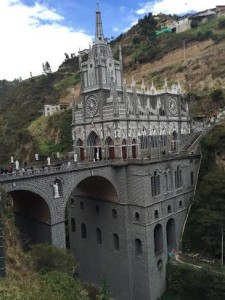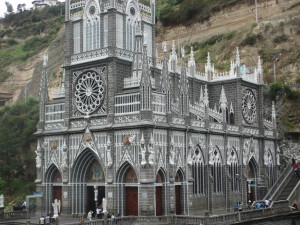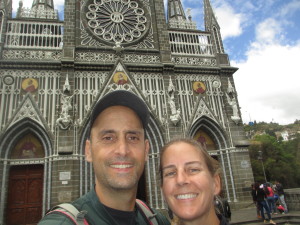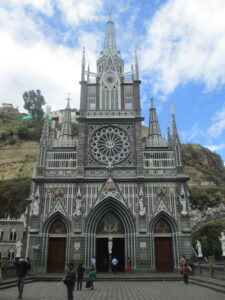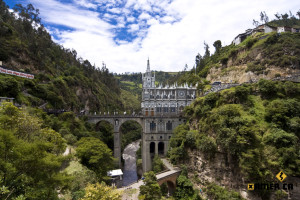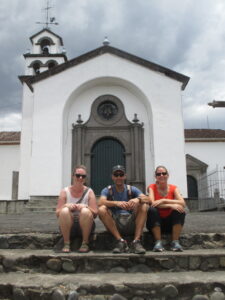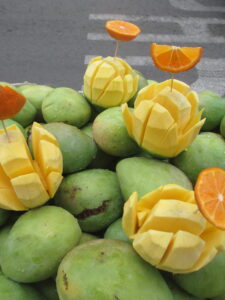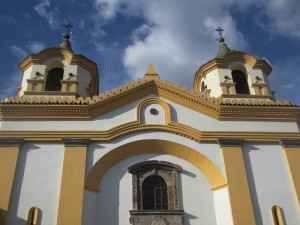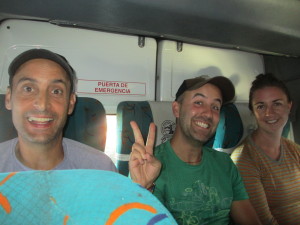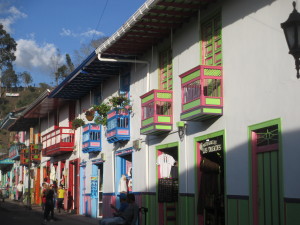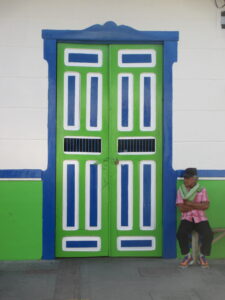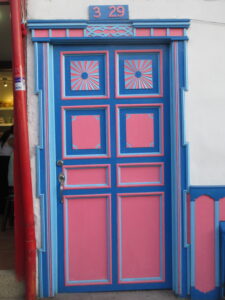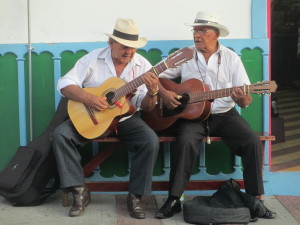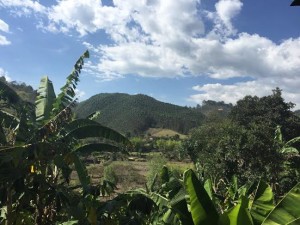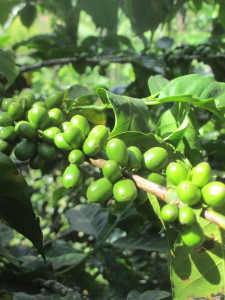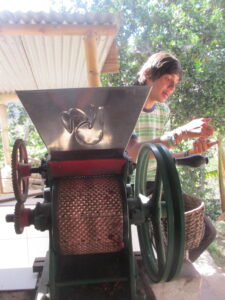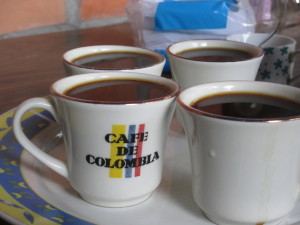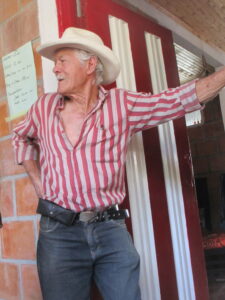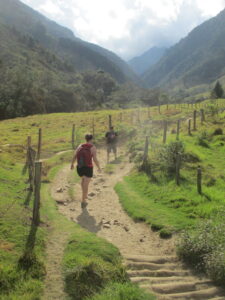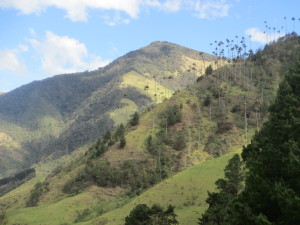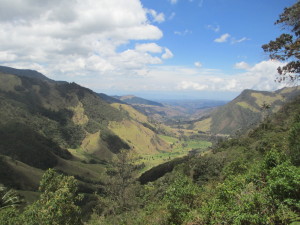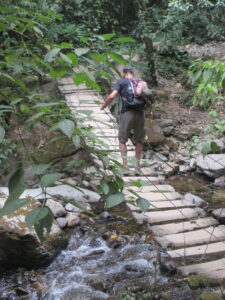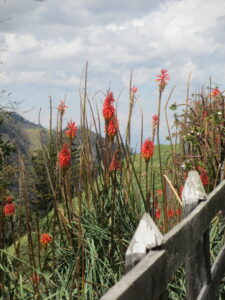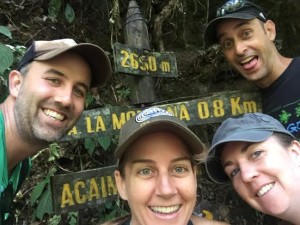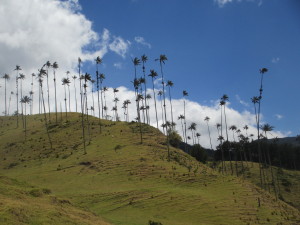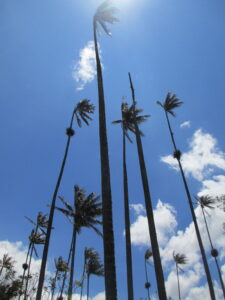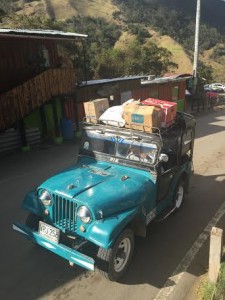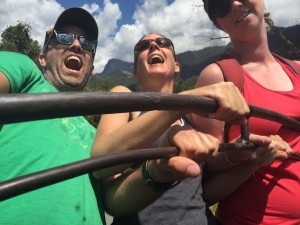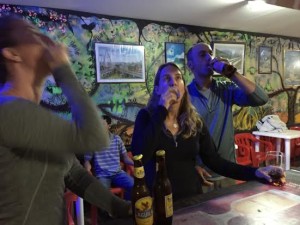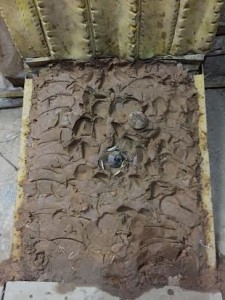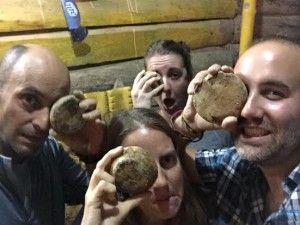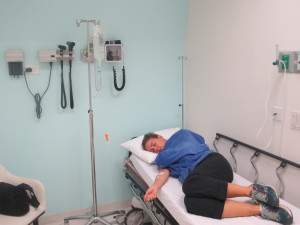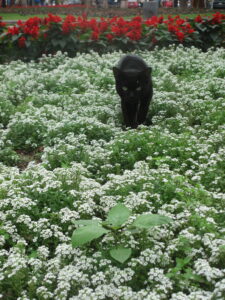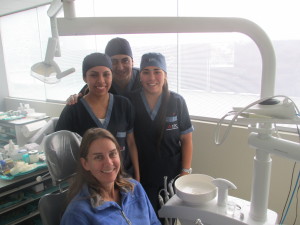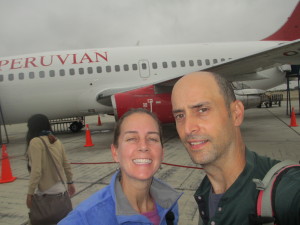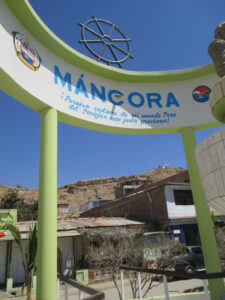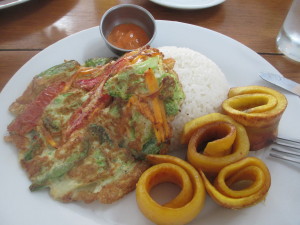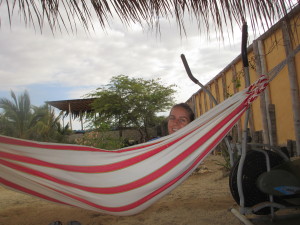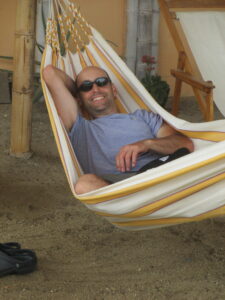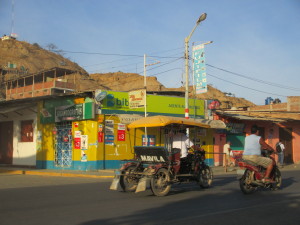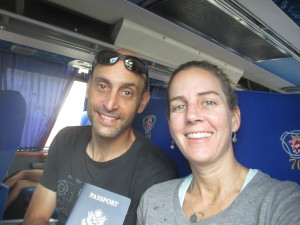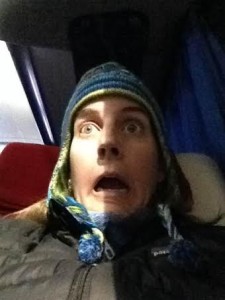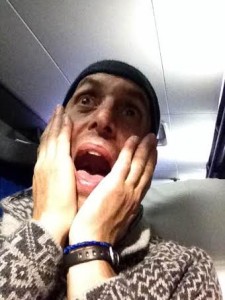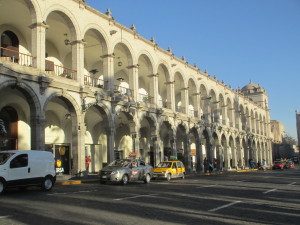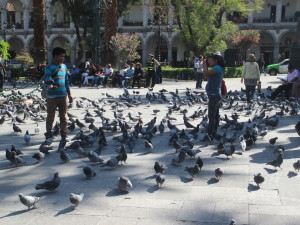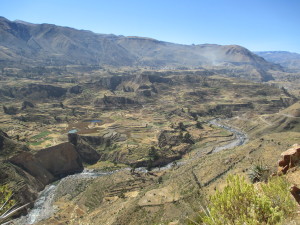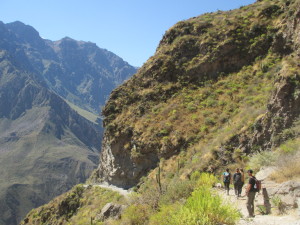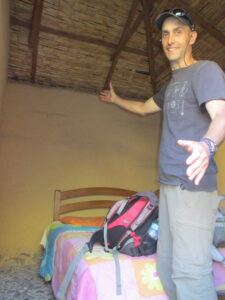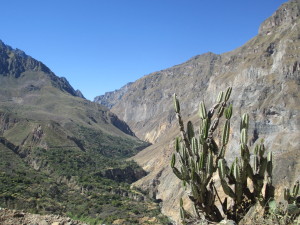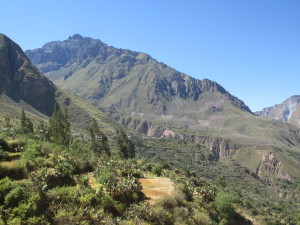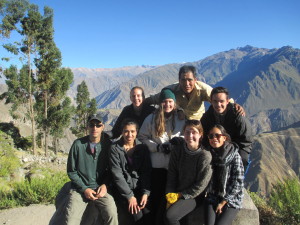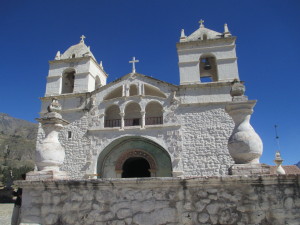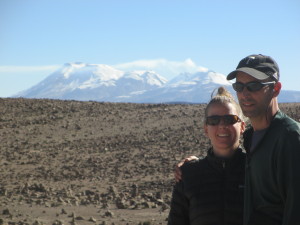For months we’d been hearing from other travelers about how much Colombia has to offer. We took notes, did some research, and were eager to explore this lesser-traveled destination in South America because guess what? Colombia ain’t what it used to be!
Las Lajas Sanctuary
Most towns located at a border crossing leave much to be desired and are simply locations one strives to move through as quickly as possible. However, Colombia boasts one the the most exquisite churches I’ve ever seen just a handful of miles across the border from Ecuador.
Las Lajas Sanctuary was built in Gothic Revival style between 1916 – 1949. The church was inspired by a miracle said to have taken place in the canyon 150 years earlier. It rises 330 feet high from the bottom of the canyon and is connected to the opposite side of the canyon by a 160 foot tall bridge. The rock face that the church is connected to is also the wall inside the sanctuary. It’s truly extraordinary! This iconic church brings visitors from near and far. If you’re ever in the area you simply must visit Las Lajas.
This picture really shows off the extraordinary engineering and design. Can you see the river running down below? Exceptional!
Popayan: The White City
When we said goodbye to Liz and Alex at the Llulu Llama Hostel in Isinlivi, Ecuador, we knew we’d meet up with them a few days later in Popayan, Colombia. It was fun reuniting with them and we spent a few days exploring the “white city” together.
One of the first things we noticed in Colombia was how nice the people were. Every day, common exchanges with vendors or restaurant staff suddenly turned into a delightfully effusive verbal dance with multiple pleasantries exchanged. We quickly learned that it’s actually bad manners to just say a solitary “hello”. A more extensive flowery greeting is appropriate and actually expected.
While we’ve indulged in many cups of sweet, juicy mangoes sold on street corners throughout South America, it was the vendors in Popayan who added a twist to this delicious fruit: they squeezed fresh lime juice and sprinkled salt over the mangoes, making this natural snack a really zippy treat. Yum!
Salento: Coffee Region
Embarking on a seven-hour bus journey with friends sitting next to you is definitely the way to go! Everyone was on their best behavior, no one got (really) grouchy despite being crammed into the back of the bus, and there were plenty of snacks and stories to go around.
The coffee region of Colombia is simply beautiful. Green rolling hills, windy country roads and lush vegetation make this a visually pleasing and relaxing location. Salento is an adorable colonial town with brightly painted buildings set against a hilly green backdrop. Horses and their riders amble down the cobblestone streets, gentlemen walk around wearing sombreros and ponchos, and fresh coffee can be had on every corner.
Don Elias Coffee Plantation
One hot afternoon we walked for 45 minutes down a very long and dusty road to visit Don Elias, a small, family-run, organic coffee plantation. Don Elias’s grandson gave us a tour and he shared the inside scoop on his grandfather. Apparently, Don Elias used to drink up to 20 cups of coffee every day, but once his doctor intervened, he dropped it down to “only” seven cups a day. Can you imagine?
We learned quite a bit that day. They use companion cropping to deter pests and encourage pollination. For example, banana trees and pineapple plants are interwoven among the coffee plants. The harvesting is very labor intensive as it’s all done by hand. We observed how they process the beans on old-school machinery. The tour ended with a strong cup of piping hot black coffee, just the way Harry likes it. We also got to meet the rugged Don Elias, who, in his white sombrero, sure looked like a coffee cowboy to me.
Instead of walking back into town, we scrunched our hot-and-sweaty bodies into the back of an old U.S. Army jeep and bounced our way on the dirt road back to the hostel. Always an adventure!
Valle de Cocora: Home of the Wax Palms
One day we hiked in the Valle de Cocora, a protected area not far from Salento. We started the trek in a lush valley, walking through pastures where happy cows lazily grazed. We crossed a river several times using rickety bridges that caused us to cheer each time we all made it to the other side.
As we hiked up and out of the cloud forest, we finally saw what we were looking for: the Wax Palm, Colombia’s national tree. Its long and slender trunk can grow up to almost 200 feet. The palms created a dramatic sight against the blue sky. We spent time lying on our backs, staring up at the pretty fronds outlined by the bright sun.
When we finished hiking, we grabbed a ride back on one of Salento’s unique “Willys MB” jeeps. Originally used in the U.S. Army, a bunch of jeeps were brought to Colombia after WWII. They are well-maintained and serve as the perfect vehicle to navigate some of the unpaved roads in the region. As there were only a handful of seats, Liz, Alex and I stood up on the back bumper and hung on for the 30-minute ride back to Salento. Yahoo!
Tejo: A Game With Explosives
While futbol is the most popular sport in Colombia (duh!), its most traditional sport is called Tejo. This highly unusual game involves launching heavy, rock-like projectiles at a target surrounded by explosives. We had a great time playing this crazy game while we were in Salento. To see what tejo is all about, check out Anthony Bourdain’s short video. I think I know the perfect family-friendly activity to play at our next annual July 4th shindig in Michigan….
Coming up next: Medellin and Guatapé

